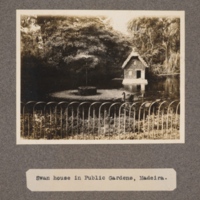
Swan house in public gardens, Madeira
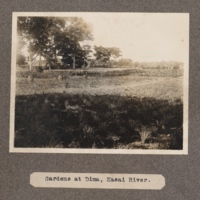
Gardens at Dima
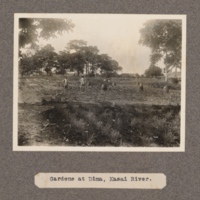
Gardens at Dima, Kasai River
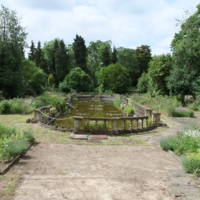
Liberation Song
Easton Lodge is a historic estate in Essex, with gardens open to the public. The Gardens of Easton Lodge Preservation Trust led two projects to mark the bicentenary. Liberation Song involved three local schools working with Grand Union Orchestra to explore the roots of musical instruments and styles, culminating in a community concert. A visual arts project involving seven local schools examined the history of Easton Lodge and trading links during the 18th century. Children decorated and displayed cotton reusable carrier bags and displayed them on yew hedges in the gardens. Connections were made with the story of the 18th century Ghanaian anti-slavery campaigner Ottobah Cugoano and the modern day Fair trade movement.
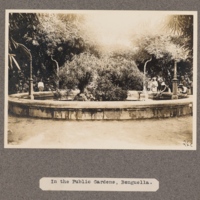
In the public gardens, Benguella
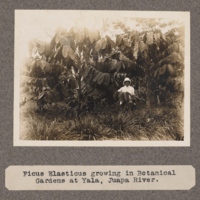
Ficus elasticus growing in botanical gardens at Yala, Juapa River
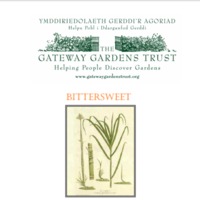
Bittersweet: Sugar, Spice, Tea and Slavery
The Bittersweet programme by the Gateway Gardens Trust involved 80 free guided garden visits over two years, around more than 30 gardens in Wales with a range of community groups, schoolchildren and lifelong learners. The themes of the visits and a mobile exhibition were the links between the slave trade and historic gardens, their makers, what they planted, Welsh abolitionists and the wider links with local communities in Wales. Historic gardens provided the starting point, looking at how everyday vegetables and fruits - beans, potatoes, tomatoes etc. - first reached the UK from the Americas. The project also looked at the history of afternoon tea, and the links between sugar, cotton and tea and slavery. The groups reflected on how many industries, grand houses and gardens were built from wealth linked to slavery, such as Cyfarthfa Ironworks in Merthyr and the expansion of the slate industry at Penrhyn Quarry. Early 18th century-style newspapers were produced, aimed at schoolchildren and adults.
Gardens involved included Cardiff’s Bute Park, Swansea’s Singleton Park, the National Botanic Garden in Carmarthen, Gwydir Castle in Llanrwst, Dyffryn Gardens, Portmeirion, Penrhyn Castle, Picton Castle, Dinefwr Park and Castle and Aberglasney Gardens.
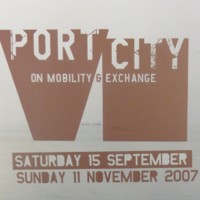
Port City: On Exchange and Mobility
Port City was a large-scale exhibition featuring over 40 international artists and addressing issues of migration, trade and contemporary slavery. Set in the arts centre and gallery Arnolfini, it was accompanied by a programme of art, music, film, literature and educational activities. Coinciding with the bicentenary year, several works explored Bristol's histories of trade, as well as a contemporary port. For Seeds of Change, Brazilian artist Maria Thereza Alves researched sites around the Floating Harbour where ballast would have been off-loaded. The ballast seeds discovered were germinated by local groups so as to make a garden of ‘living history’, reflecting the different routes travelled by Bristol merchants. Other highlights included a model of a 'global village' made from sugar by Meschac Gaba and kaleidoscopes showing contemporary scenes from the triangle of the transatlantic slave trade by Mary Evans.